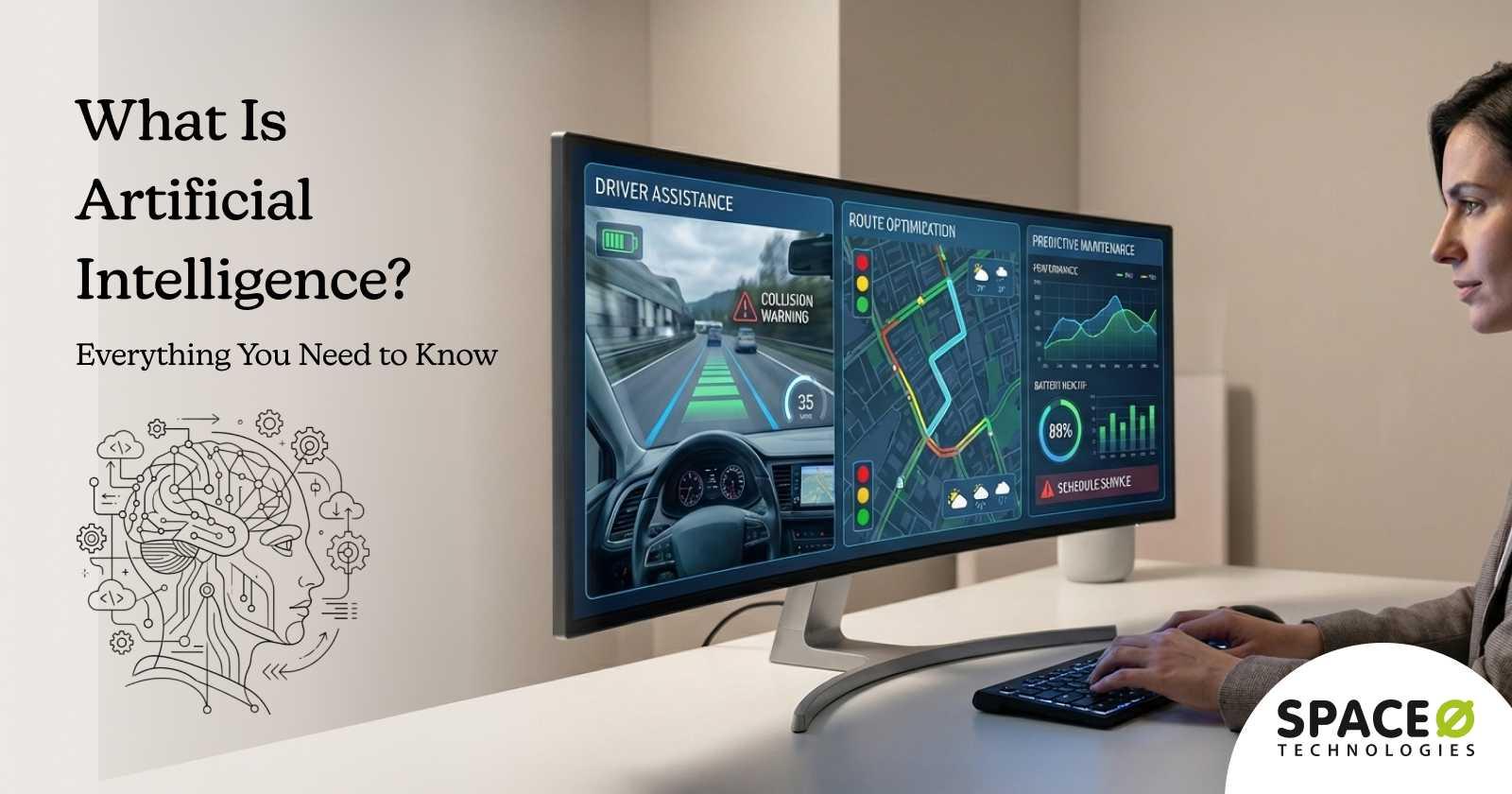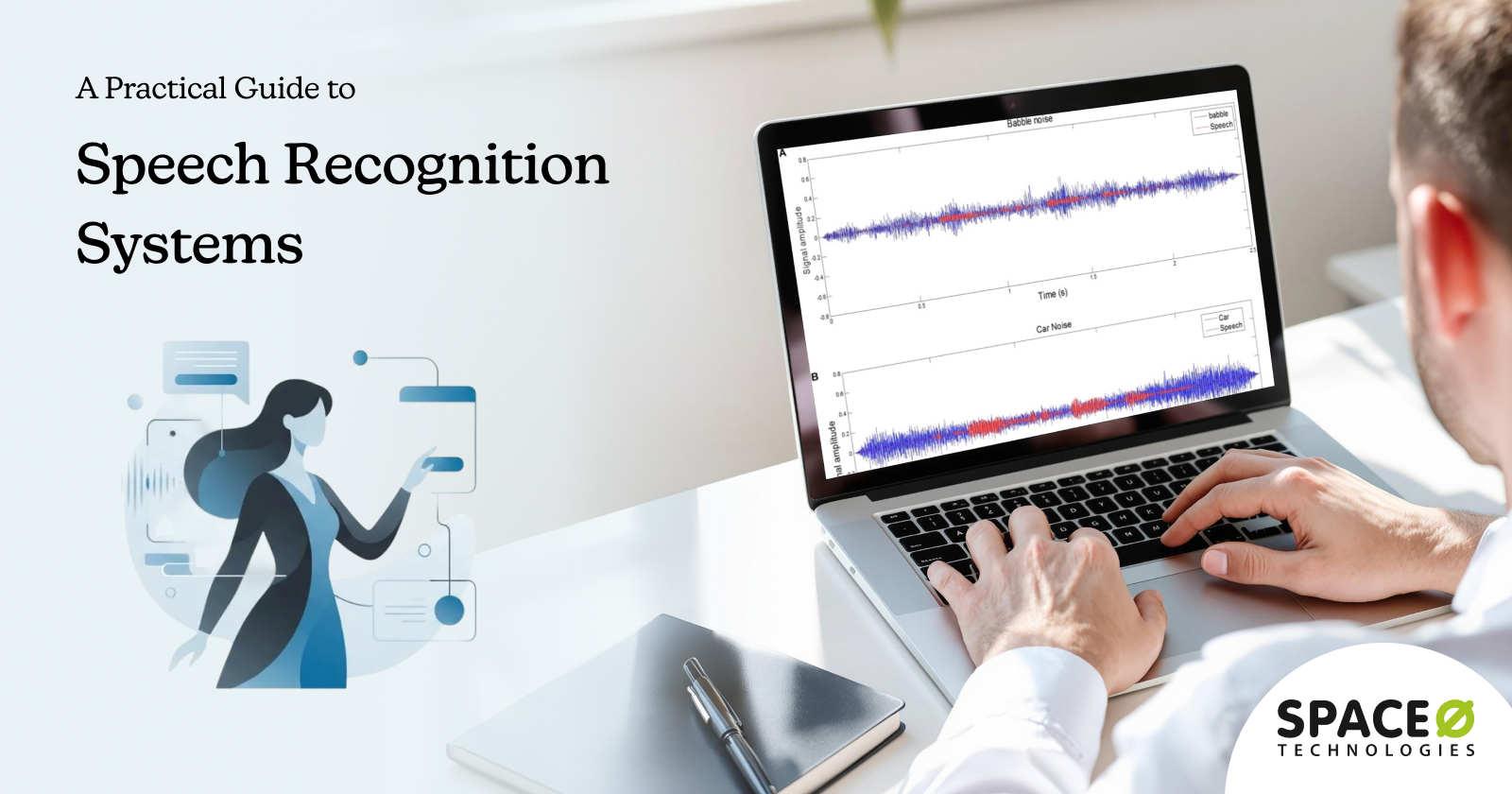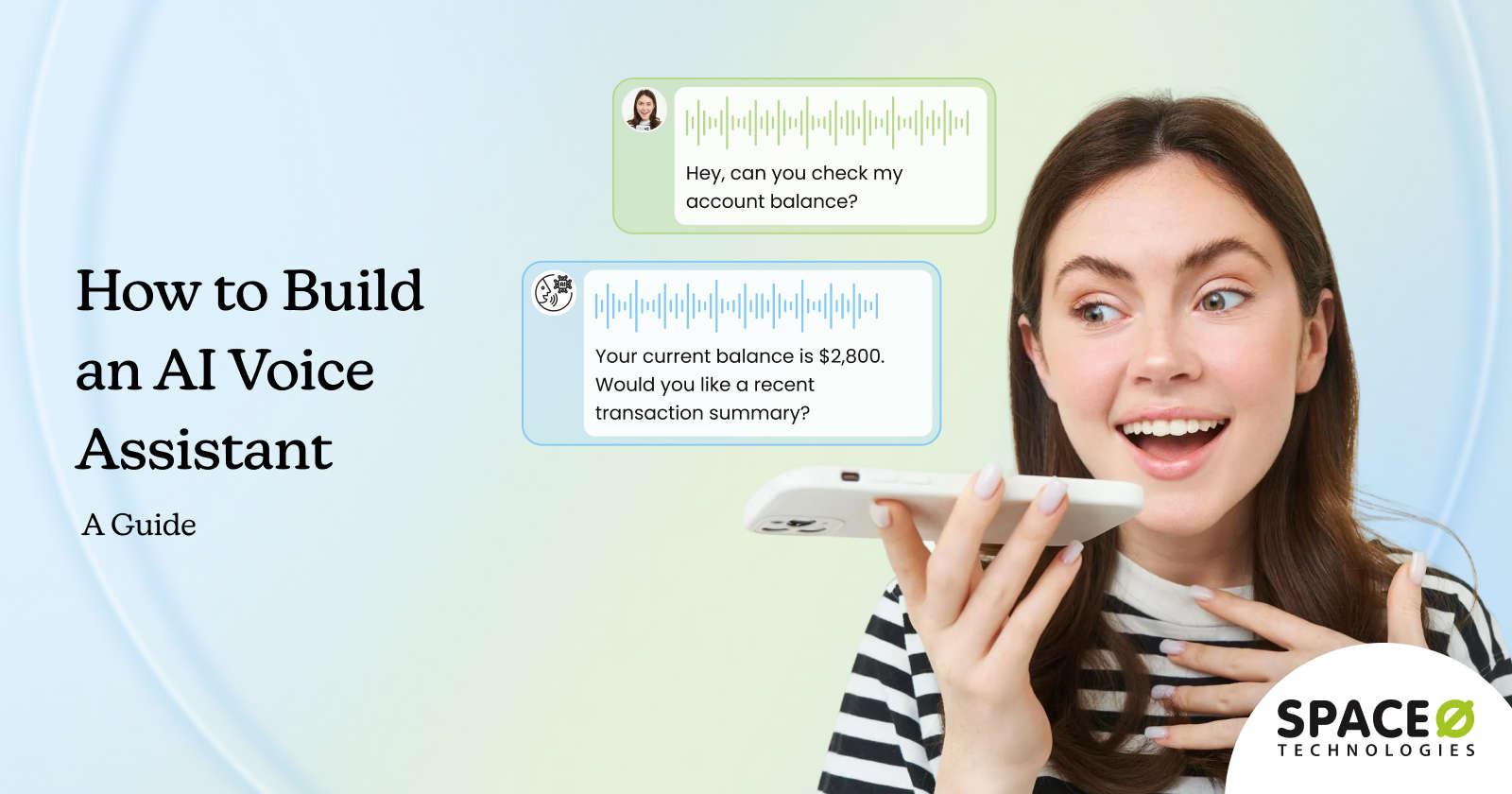- How We Selected These AI Tools
- Top 15 AI Development Tools to Use in 2025
- Ready to Code Smarter?
- FAQs on AI Tools for Developers
- Can AI tools generate code for popular frameworks like React or Angular?
- How can I get an AI tool to review my existing Python code and explain code logic step-by-step?
- Are there AI tools for debugging and securing software during development?
- Will AI development tools replace human developers in the future?
- How can I choose the most suitable AI tool for my project?
15 Best AI Development Tools in 2025 for Streamlined Coding
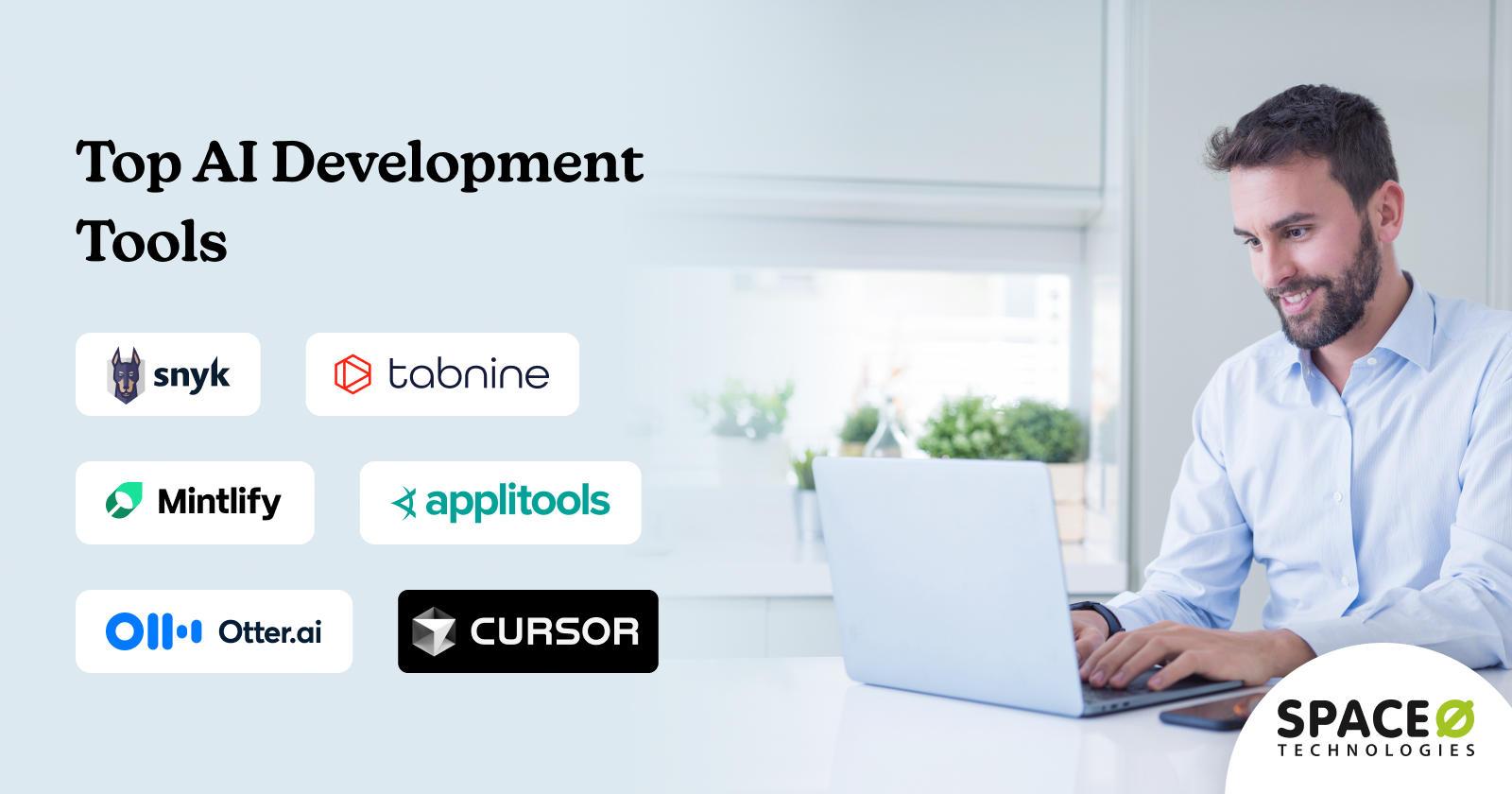
Artificial Intelligence is changing the way developers write, review, and deploy code.
What used to take hours, from debugging to refactoring, can now be handled in minutes with the right tools.
Pretty amazing, right?
But with so many AI tools available, it’s hard to tell which ones are actually helpful and which ones are just chasing the hype.
That’s why we compiled the list of 15 best AI development tools for 2025, which we have found to be genuinely helpful for speeding up code generation, catching bugs early, or automating tedious tasks.
We picked these tools based on real use cases, feedback, and their integration into daily coding workflows.
How We Selected These AI Tools
We picked these AI development tools based on how well they solve everyday problems developers actually deal with. Here’s what we looked for:
- Helpful Syntax Suggestions: Tools that flag issues as you type and offer real-time corrections, so you can avoid common mistakes without breaking your flow.
- Quick Debugging: AI that goes beyond identifying bugs and actually suggests clear, useful fixes to speed up debugging.
- Useful Code Generation and Refactoring: Not just autocompletes, but tools that understand context, generate usable code snippets, and offer practical refactoring advice.
- Fits Into Your Stack: We prioritized tools that integrate well with common IDEs, CI/CD workflows, and version control, so you’re not forced to change how you work.
- Team-Friendly Features: Support for code review, version history, and smooth collaboration across dev teams.
- Built-In Security Awareness: Tools that help you write secure code by flagging risky patterns or suggesting more secure alternatives.
Top 15 AI Development Tools to Use in 2025
As AI tools flood the market, not all of them deliver real value. Some are built more for buzz than for actual development needs. That’s why we focused on tools that have proven themselves through consistent performance, developer adoption, and practical use cases.
Here’s our curated list of 10 AI tools that help developers write, test, and maintain code more efficiently.
1. Tabnine
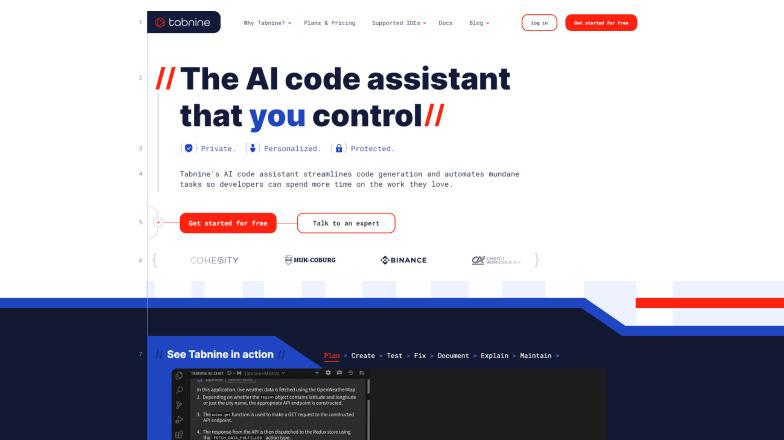
Best For: Fast, language-agnostic AI code completions inside popular IDEs.
Tabnine is an AI-powered coding assistant that helps developers speed up development with real-time, context-aware suggestions. It supports multiple programming languages and integrates seamlessly with popular IDEs like VS Code, IntelliJ, and PyCharm. It adapts to your coding patterns over time, although like most AI tools, it may occasionally offer irrelevant suggestions.
Pros:
- Supports 20+ programming languages and all major IDEs
- Learns and adapts to your personal coding style
- Privacy-first (can run locally without sending code to the cloud)
Cons:
- Suggestions can be inconsistent for niche libraries
- Team features locked behind premium
Rating: 4.3⭐/5 (Based on user reviews from G2)
Pricing: Free plan available; Pro starts at ~$12/month
2. Snyk
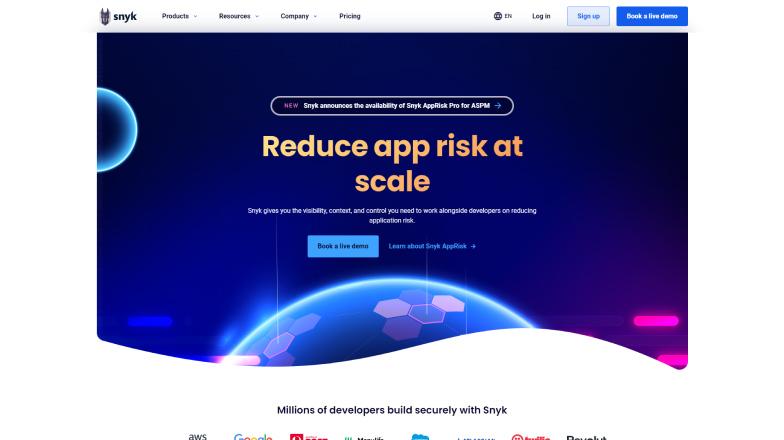
Best For: Finding and fixing security vulnerabilities early in the dev cycle
Snyk is a developer-friendly security tool that scans your code, open-source libraries, containers, and infrastructure as code (IaC) for known vulnerabilities. It integrates directly with your IDE, GitHub repo, or CI/CD pipeline to catch issues before they make it to production. While it’s highly effective, users occasionally report false positives.
Pros:
- Seamless CI/CD and GitHub/GitLab integration
- Supports automated fix suggestions and PRs
- Tracks security issues across dependencies, containers, and IaC
Cons:
- Can return false positives that need manual verification
- Some features (like container scanning) require paid plans
- Advanced reporting is limited in free tier
Rating: 4.6/5 (Based on reviews from G2)
Pricing: Free for individual use; Team plans start at $54/month
Pro Tip
Snyk has tremendous integration capabilities especially for DevOps cycles due to its seamless integration into popular CI/CD pipelines such as the AWS CodePipeline and GitHub Actions. Just check Snyk’s CI/CD integrations list to check if your pipeline of choice is compatible for instant integration.
3. Applitools
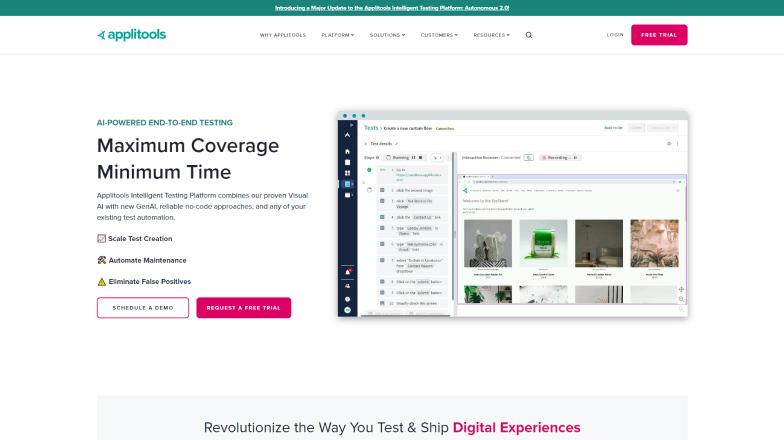
Best For: Frontend and QA teams focused on automated visual testing across browsers and devices
Applitools uses visual AI to automatically detect visual bugs and inconsistencies in your app’s UI across different devices, screen sizes, and browsers. It replaces pixel-by-pixel comparisons with smart visual validation, reducing manual QA and regression testing. While powerful, it may require some onboarding time and can be pricey for smaller teams.
Pros:
- AI-powered visual validation catches UI bugs human testers may miss
- Supports cross-browser and cross-device testing
- Integrates with Selenium, Cypress, Playwright, and popular CI/CD tools
Cons:
- Has a learning curve for first-time users
- Pricing can be steep for early-stage projects
- Visual diffs sometimes need manual verification
Rating: 4.5/5 (based on reviews from G2)
Pricing: Free trial available; paid plans available on request (custom pricing for teams)
4. Harness
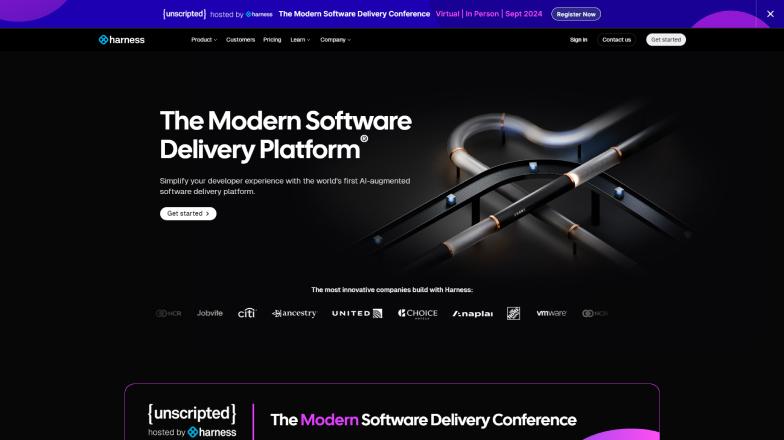
Best For: Engineering teams looking for automated, low-risk CI/CD deployment pipelines
Harness is a CI/CD platform that automates software delivery, including deployment verification, canary releases, and intelligent rollbacks. It simplifies DevOps by detecting failed deployments and reverting changes automatically. While it’s feature-rich, the learning curve can be steep for smaller teams or those new to deployment automation.
Pros:
- Smart rollback and deployment verification reduce release risks
- Supports cloud-native apps and microservices architecture
- Integrates well with Kubernetes, GitOps, and major CI tools
Cons:
- May feel complex for teams without prior CI/CD setup
- Custom pricing makes cost predictability difficult
- UI can be overwhelming at first
Rating: 4.4/5 (based on reviews from G2)
Pricing: Free tier available; enterprise plans are quote-based
5. Otter.ai
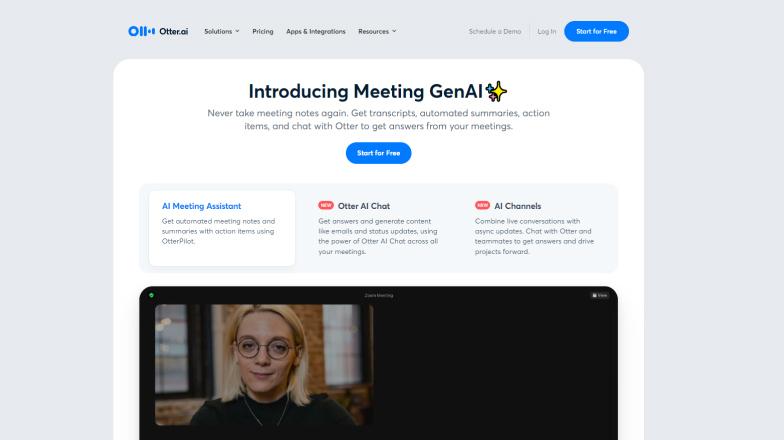
Best For: Developers, teams, and PMs looking to transcribe stand-ups, meetings, or interviews accurately
Otter.ai provides real-time voice transcription with support for speaker identification and meeting summaries. It’s commonly used for team syncs, product reviews, and interviews, especially when notes need to be searchable and shareable. While it handles most conversations well, accuracy may drop slightly with strong accents or technical jargon.
Pros:
- Accurate real-time transcription with speaker labels
- Syncs with Zoom, Google Meet, and Microsoft Teams
- Easy to share or export transcripts
Cons:
- Occasional hiccups with accents or noisy backgrounds
- Limited advanced formatting features
- The free plan has usage caps
Rating: 4.6/5 (based on user reviews from G2)
Pricing: Free basic plan; Premium starts at $10/month
Need Help Choosing the Right AI Tool For Your Tech Stack?
Our team at Space-O can help you evaluate, integrate, or even build custom AI solutions customized to your workflow.
6. New Relic AI
Best For: DevOps teams needing real-time monitoring and smart alerts across distributed systems
New Relic AI helps developers and site reliability engineers (SREs) monitor app performance using real-time telemetry and dynamic baselines. It automatically detects anomalies and sends alerts before small issues become critical outages. While powerful, it may feel complex for newcomers due to its depth and setup requirements.
Pros:
- Real-time alerting based on dynamic performance thresholds
- Unified observability across infrastructure, apps, and logs
- Scales well with microservices and high-traffic environments
Cons:
- Steep learning curve for new users
- Some advanced features are locked behind higher pricing tiers
- Can generate noise if alert rules aren’t fine-tuned
Rating: ⭐ 4.3/5 (based on G2 and monitoring community reviews)
Pricing: Free plan with core features; paid tiers scale with usage
7. Figstack
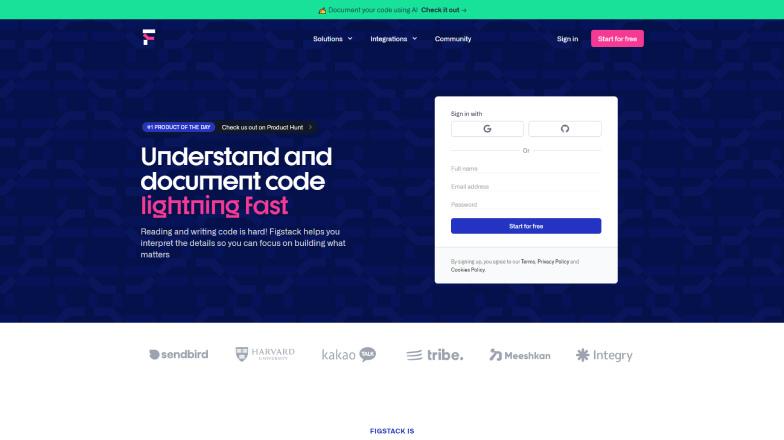
Best For: Developers learning new languages or teams working across multiple AI tech stacks
Figstack helps you understand unfamiliar code by providing natural language explanations and converting snippets between programming languages. It’s especially useful for junior developers, code reviewers, or product teams bridging technical gaps. While more beginner-oriented, it offers a simple interface and helpful features for quick comprehension.
Pros:
- Explains code in plain English
- Translates between languages (Python, JavaScript, etc.)
- Clean, intuitive interface for quick exploration
Cons:
- Not ideal for complex or deeply abstract code
- Lacks integration with popular IDEs
- Limited advanced features for senior devs
Rating: 4.2/5 (based on user feedback)
Pricing: Free plan available; premium features under development
8. Mintlify
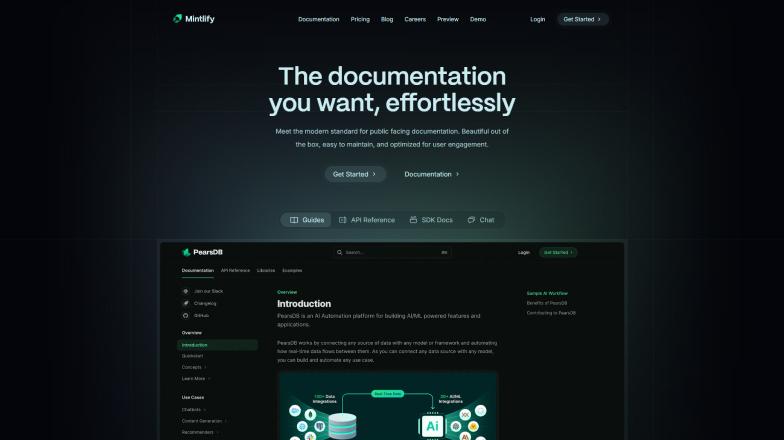
Best For: Developers who want to automate documentation and keep it synced with their codebase
Mintlify auto-generates documentation as you write code, integrating directly with GitHub to keep docs up to date with commits. It supports in-editor generation and explains functions in context, helping teams maintain clean, readable documentation without interrupting their workflow. While powerful, its free tier is limited.
Pros:
- Real-time documentation from code context
- Seamless GitHub integration
- Improves code readability and team handoffs
Cons:
- Limited functionality on the free plan
- May require manual edits for complex docs
- Some IDEs lack native support
Rating: 4.4/5 (based on dev community and GitHub reviews)
Pricing: Limited free plan; paid plans start at $20/month
9. Cursor
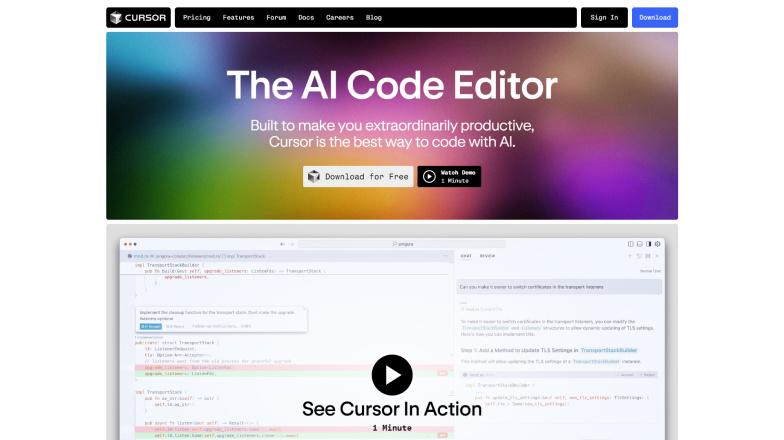
Best For: Developers looking for an AI-enhanced IDE with built-in collaboration and version control features.
Cursor is an AI-first code editor built on top of VS Code, offering smart autocomplete, inline explanations, and integrated code reviews. It helps developers write faster and collaborate more effectively by tying into Git workflows. While it supports major languages, some require plugins for full functionality.
Pros:
- Fast, contextual code suggestions
- Git integration and in-editor code reviews
- Developer-friendly UI with Copilot-style assistance
Cons:
- Language support can vary depending on plugins
- Still maturing compared to established IDEs
- May feel unfamiliar to long-time VS Code users
Rating: ⭐ 4.5/5 (based on GitHub feedback and developer forums)
Pricing: Free plan available; premium pricing coming soon
10. Grit.io
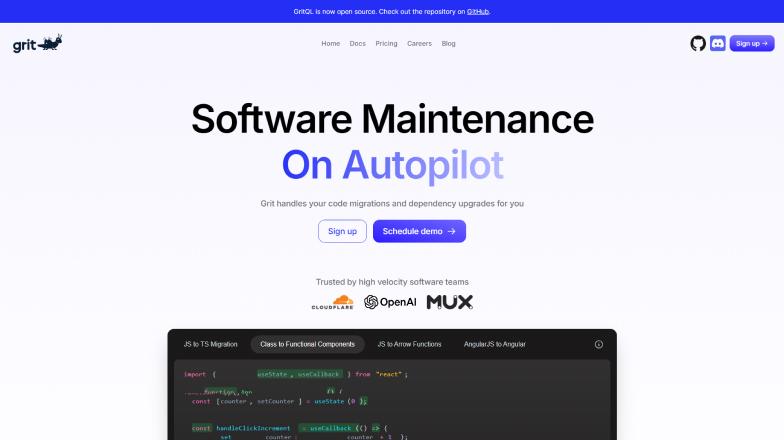
Best For: Engineering teams tackling large-scale legacy code migrations.
Grit.io uses AI to refactor legacy codebases and automate migration to modern frameworks. It analyzes risk, suggests changes, and reduces manual rework for engineering teams handling technical debt. While best suited for specific migration projects, it provides valuable insight into otherwise complex transitions.
Pros:
- AI-assisted refactoring for legacy code
- Detailed risk and impact analysis
- Cuts down the time spent on manual migrations
Cons:
- Best for targeted use cases, not general dev work
- Learning curve for setup and customization
- No fixed pricing, quote-based only
Rating: 4.2/5 (based on enterprise feedback)
Pricing: Custom pricing based on project size and needs
Thinking Beyond Tools?
If you are exploring how AI can improve your entire development process, from architecture to deployment, we can help.
11. Replit
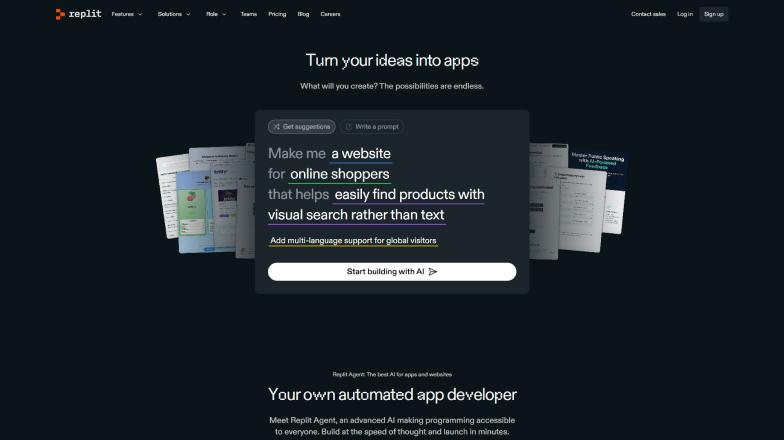
Best For: Developers who want a browser-based IDE with AI coding assistance and live collaboration
Replit is an in-browser development environment with real-time AI code suggestions and live collaboration features. It supports multiple programming languages and lets developers write, run, and share code instantly all from a browser. It’s especially helpful for remote teams, beginners, and quick prototyping, though its free tier comes with resource limitations.
Pros:
- Accessible from any device — no install required
- Live AI-powered code completions
- Built-in collaboration and shared editing
Cons:
- Limited offline capabilities
- Free plan has memory and performance caps
- Not ideal for large or production-grade projects
Rating: 4.5/5 (based on reviews from G2)
Pricing: Free plan available; Pro plans start at $7/month
12. CodeRabbit
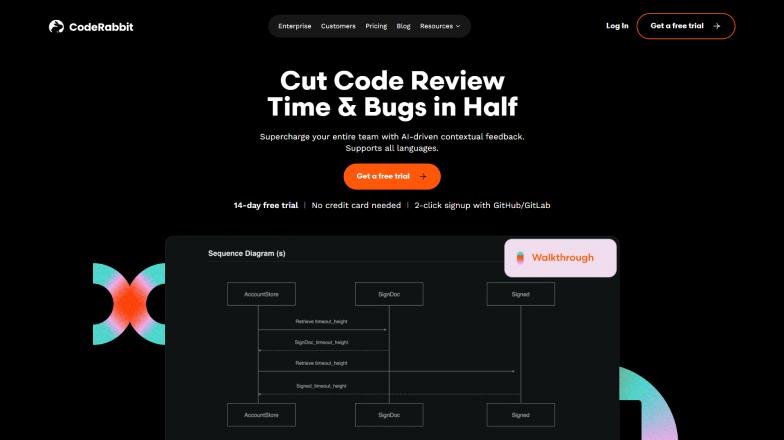
Best For: Developers seeking lightweight, AI-powered code generation and logic explanations
CodeRabbit is an AI-driven coding assistant that helps developers generate code snippets, understand logic, and improve productivity. With its simple interface and fast response time, it’s useful for both writing code and breaking down complex logic. While it’s still building support for some languages, it’s a strong option for everyday coding tasks.
Pros:
- Instant code generation and logic clarification
- Clean, beginner-friendly interface
- Affordable pricing with a free trial
Cons:
- Limited language support (still expanding)
- Lacks deep IDE integrations
- Not ideal for large-scale projects or team workflows
Rating: 4.2/5 (based on early user reviews)
Pricing: Free trial available; subscriptions start at $10/month
13. Qodo
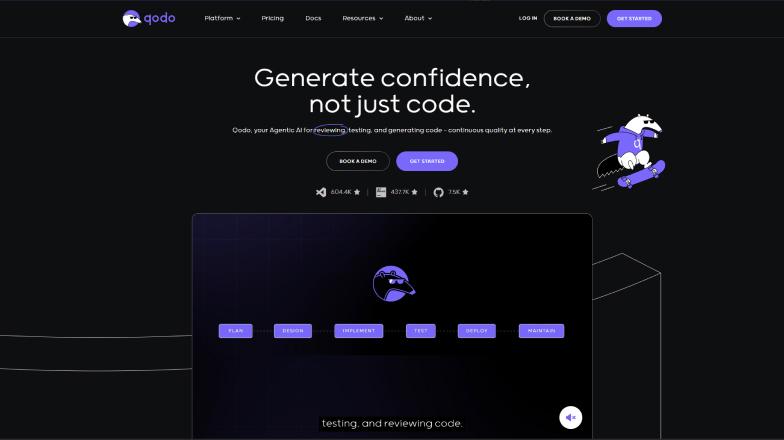
Best For: AI and machine learning developers who want contextual code suggestions with minimal setup
Qodo is an AI-powered coding assistant designed for developers working with AI and machine learning projects. It provides smart code completions, context-aware fixes, and integrates into popular IDEs. While its integration options are more limited than other tools, it’s efficient, easy to use, and comes with both free and premium tiers.
Pros:
- Designed specifically for AI/ML development use cases
- Contextual suggestions improve accuracy and speed
- Simple, clean interface for fast adoption
Cons:
- Fewer third-party integrations compared to competitors
- Limited advanced customization options
- Lesser-known tool, still building community trust
Rating: 4.1/5 (based on user reviews)
Pricing: Free version available; paid plans for advanced features
14. Codiga
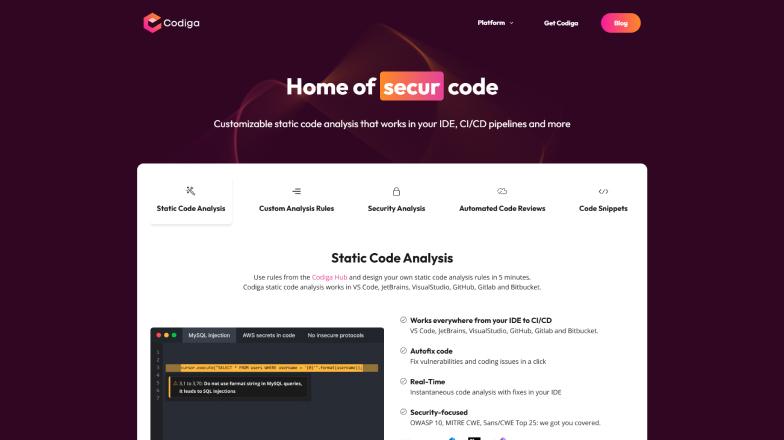
Best For: Teams looking to enforce code quality and security with real-time static analysis
Codiga is an AI-enhanced static analysis and code review tool that helps developers write clean, secure code. It runs in real time, catching issues before they’re committed — from style violations to security vulnerabilities. Though it may require some upfront setup, it saves time over the long run by preventing bad code from entering your codebase.
Pros:
- Instant code reviews and security scanning
- Supports multiple languages and IDEs
- Helps teams enforce consistent coding standards
Cons:
- Setup and configuration can be tricky for new users
- The interface isn’t as polished as more mature tools
- Some features are gated behind premium tiers
Rating: ⭐ 4.3/5 (based on G2)
Pricing: Free trial available; subscriptions start at $15/month
15. DeepCode AI
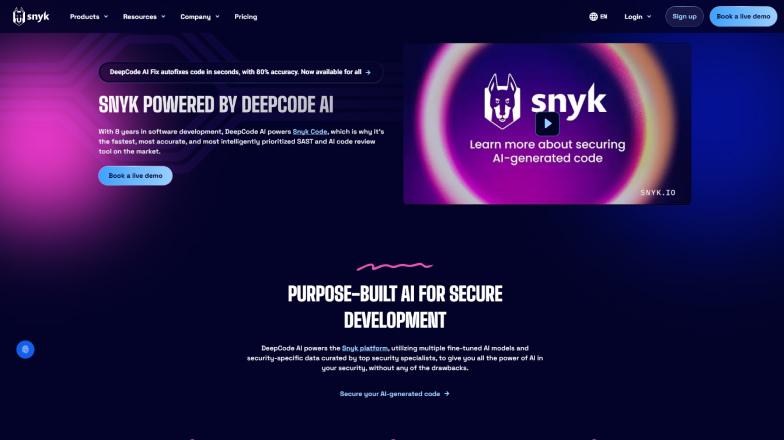
Best For: Developers looking to catch performance issues and security bugs through AI-powered static analysis
Another platform from Synk, DeepCode AI reviews your code using machine learning to detect subtle bugs, inefficiencies, and security vulnerabilities that traditional linters might miss. It offers actionable recommendations and integrates into your workflow, improving code health without slowing down development. Occasional false positives are possible, but the insights are valuable.
Pros:
- AI-driven insights go beyond traditional static analysis
- Easy integration with GitHub and Bitbucket
- Strong focus on security and performance
Cons:
- Some alerts may need manual review
- Not all languages are supported equally
- The interface could use more flexibility for teams
Rating: 4.4/5 (based on developer feedback)
Pricing: Free tier available; paid plans based on project/team size
Not Sure Which AI Dev Tool Fits Your Workflow?
We help engineering teams pick, customize, or build AI tools that actually improve coding speed, code quality, and release cycles.
Ready to Code Smarter?
AI development tools aren’t just about speeding up tasks, they are changing how we approach software engineering altogether. From writing cleaner code to automating reviews and reducing deployment risks, the right AI development framework can make a measurable difference in your day-to-day workflow.
The 15 tools we have shared aren’t hype. They are the ones we believe are genuinely useful, tested by developers, and built to solve real problems, not just impress with flashy features. At Space-O, we help teams integrate the right AI tools that improve code quality, reduce manual effort, and accelerate delivery.
If you are unsure where to start or want to explore building something custom with AI, contact us
FAQs on AI Tools for Developers
Can AI tools generate code for popular frameworks like React or Angular?
Yes. Many AI coding assistants specialize in code completion for modern frameworks, including React and Angular. Tools that integrate seamlessly with editors such as Visual Studio Code simplify the software development process by offering relevant code snippets and guiding you through setup.
How can I get an AI tool to review my existing Python code and explain code logic step-by-step?
Figstack and Tabnine are capable AI tools for developers who want to analyze Python code, provide targeted code snippets, and explain each line using natural language. Their detailed guidance helps you maintain high-quality code while quickly identifying areas that need improvement.
Are there AI tools for debugging and securing software during development?
Several machine learning-based solutions detect bugs and potential threats. Snyk and other security-oriented AI tools review your code and dependencies to prevent vulnerabilities, ensuring a safe and efficient development process.
Will AI development tools replace human developers in the future?
No. AI tools focus on tasks like code generation, debugging, and code review, but they still rely on developers for creativity, architectural decisions, and project management. Human oversight remains essential, especially when adapting to unique business requirements and rapidly changing technologies.
How can I choose the most suitable AI tool for my project?
Identify your primary needs—whether that’s code completion, generate code snippets, real-time debugging, or security scanning. Then compare features, pricing, and integrations across AI tools for developers. Evaluating workflow compatibility and the ability to handle specific frameworks also helps narrow down the best option.
Need Custom AI Solutions Built?
What to read next

